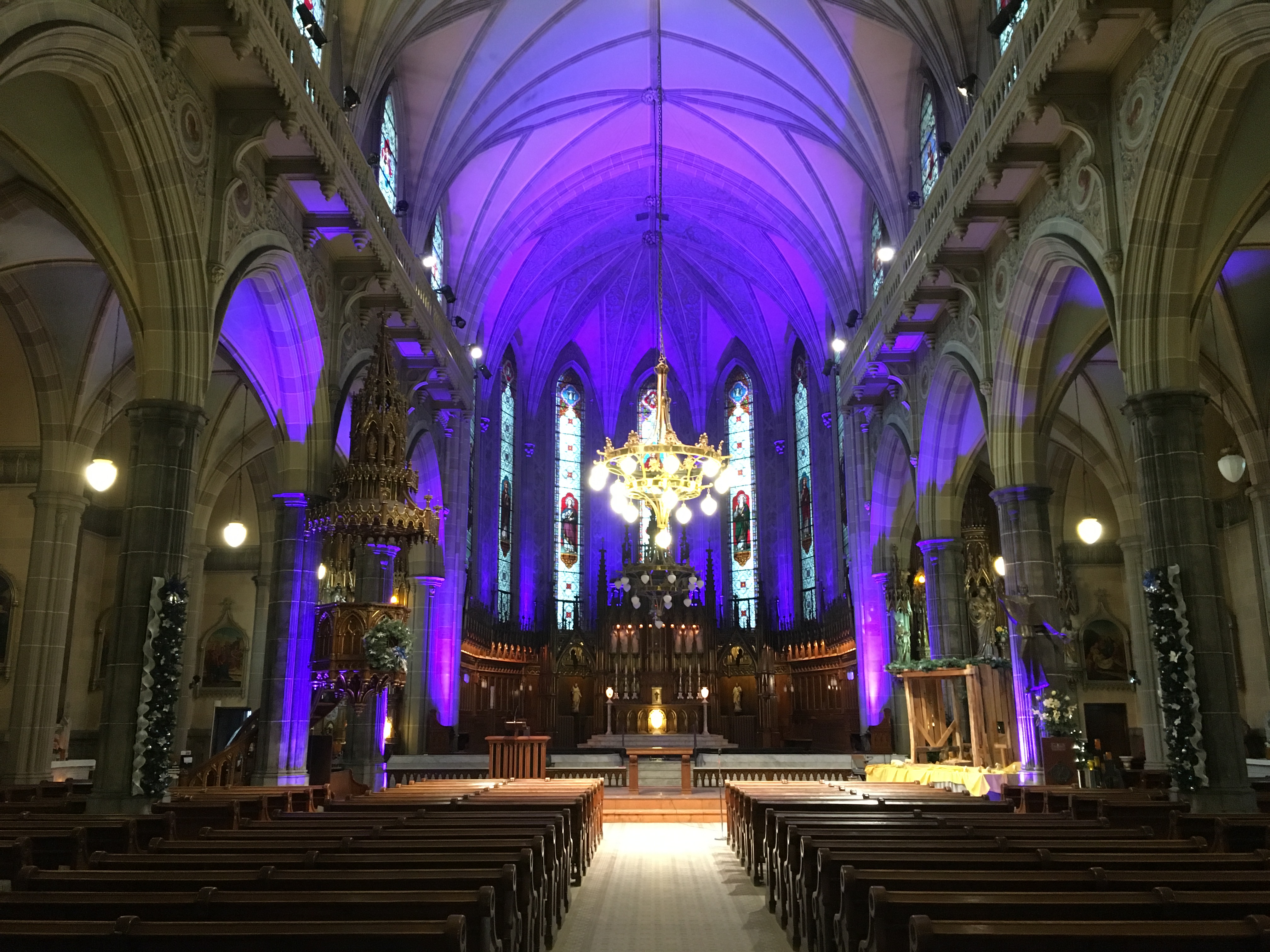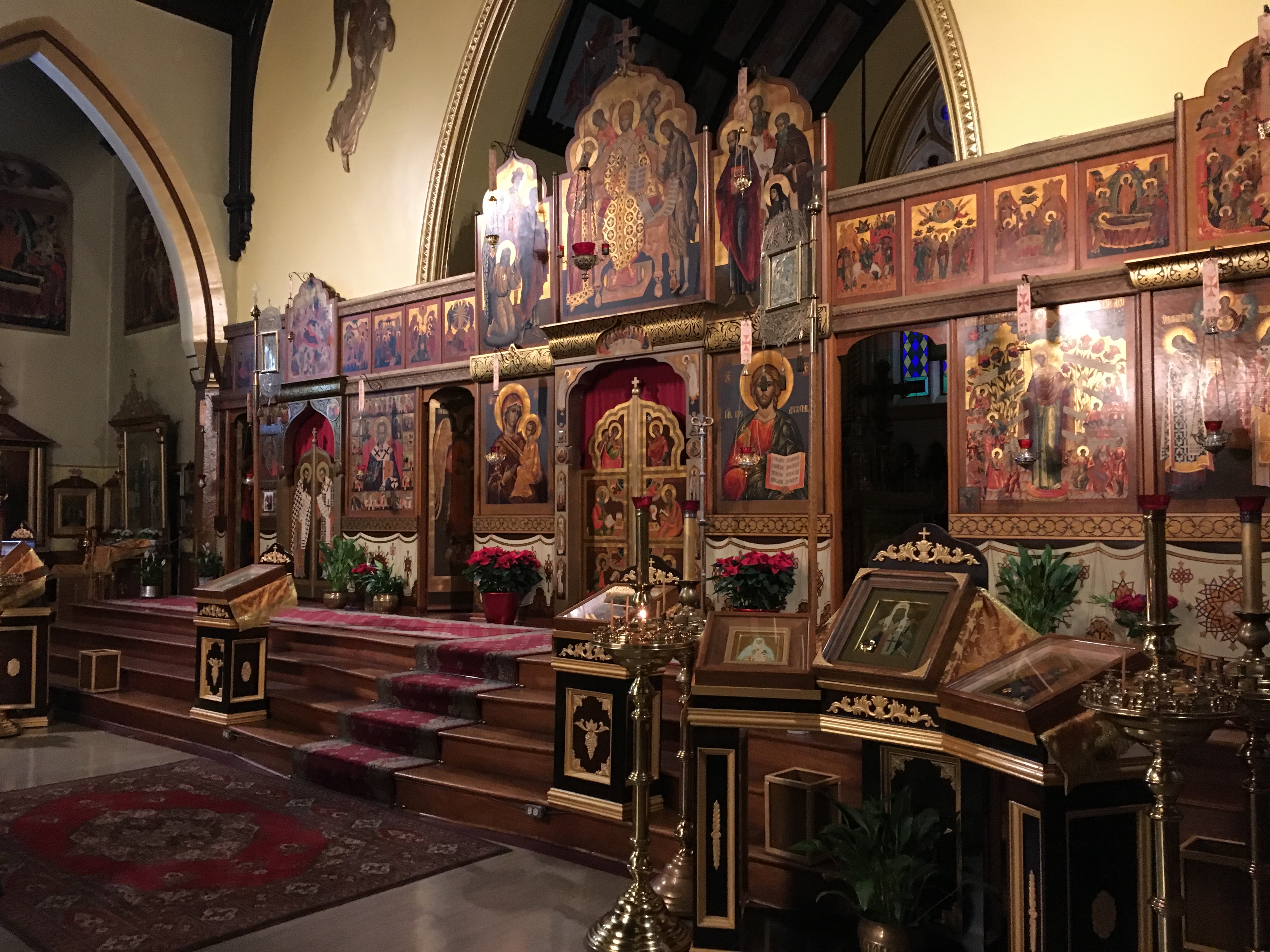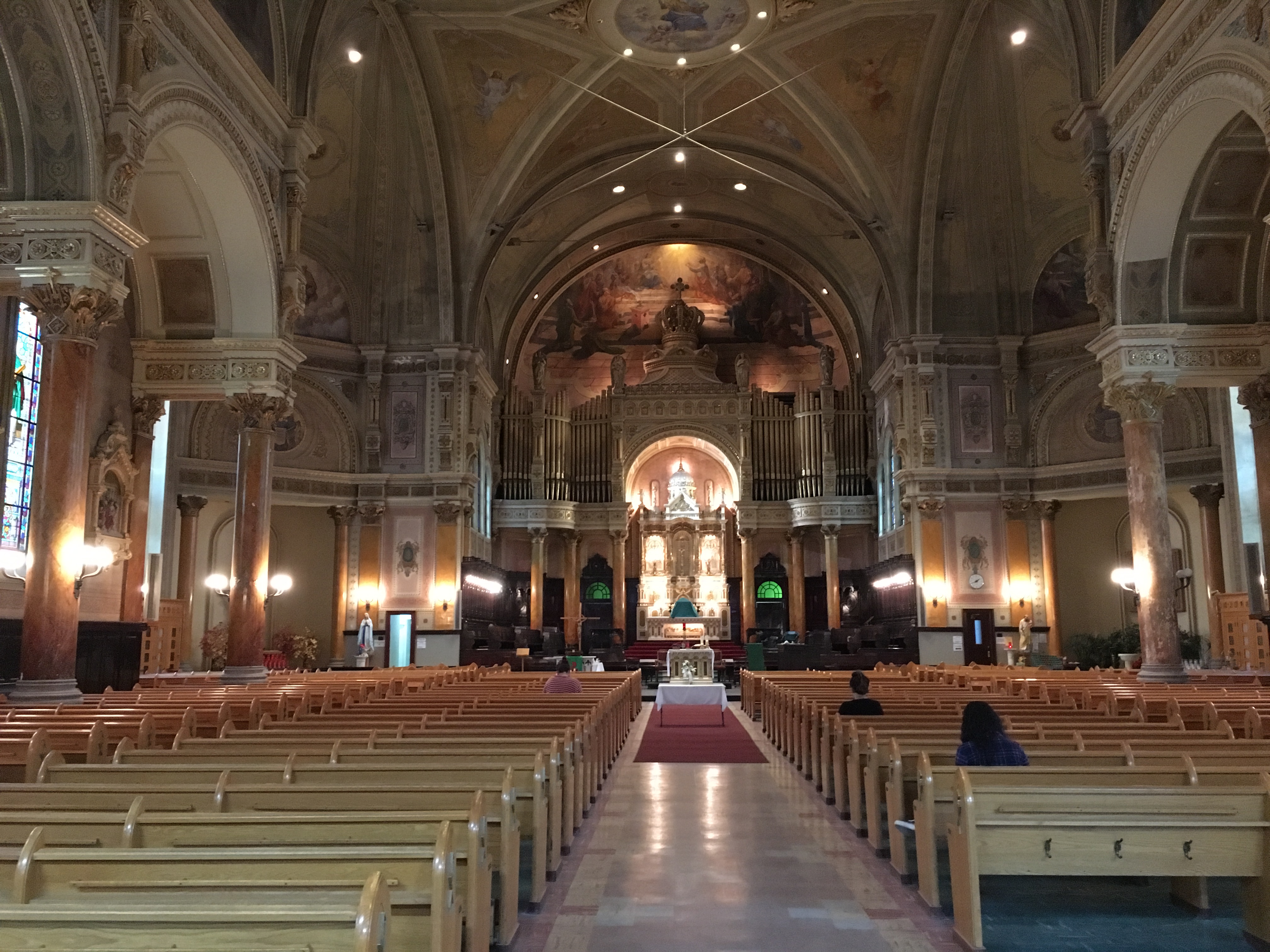WHERE
Montréal
Explorating the sensory qualities of church buildings outside the context of worship
Montréal
2020 - 2022
Fonds de recherche du Québec – Société et culture (FRQSC), Postdoctoral Fellowship
Parish of Saint-Pierre-Apôtre, St. Peter and St. Paul Russian Orthodox Cathedral (Centre Sud), Parishes of Très-Saint-Nom-de-Jésus and La Nativité-de-la-Sainte-Vierge d’Hochelaga, diocesan officials for the church of Très-Saint-Rédempteur (Hochelaga-Maisonneuve)

Church buildings have particular sensory qualities, especially sonic qualities, which may bring positive outcomes even in the context of secularization
The research project explores the restorative potential of church buildings and how they could be used as “quiet places” in the city.


While church attendance has drastically decreased during the past decades, especially in Northern Europe and North America, the preservation of religious buildings has become a pressing question, as secularization has left many church buildings vacant or underused. In Montreal only, the Québec council of religious heritage reported that 22% of the places of worship across denominations listed in its inventory dating from 2003 have been demolished, closed or converted to other uses.
The project investigates the role the specific sensory qualities of churches could play with regards to today’s more secular sensibilities. As a very different environment from everyday life, the ambiance of churches can foster a singular mode of attention and sensing. In terms of acoustics, the long reverberation times and the relative isolation from exterior city noise can lead to restorative benefits, like stress reduction.
We conducted soundwalks and interviews in five churches of the Centre Sud and Hochelaga-Maisonneuve in Montréal, with participants from these neighbourhoods. Preliminary results show that churches are perceived as places “out of time and out of space”, which is in line with previous investigations of church ambiances and further highlights the role that sound plays in shaping the experiences.
For details, please contact: Josée Laplace
Laplace, Josée and Catherine Guastavino. (2022). Evaluation of the restorative potential of church buildings. Proceedings Internoise 2022, 21-24 août 2022, Glasgow.